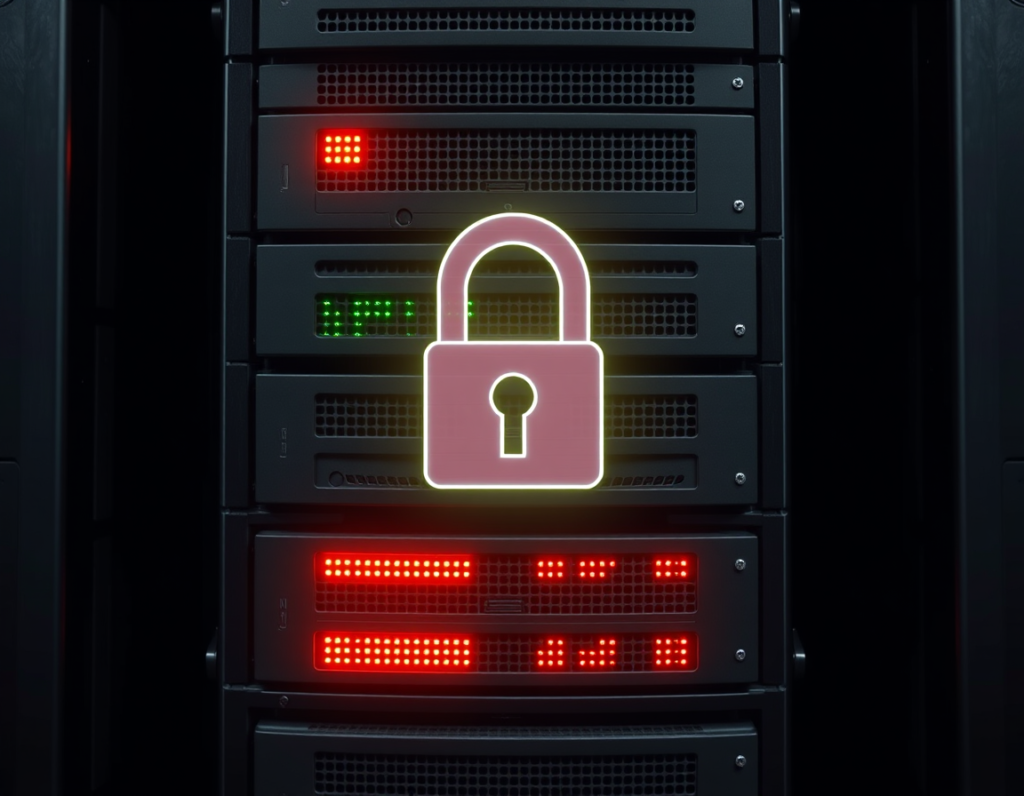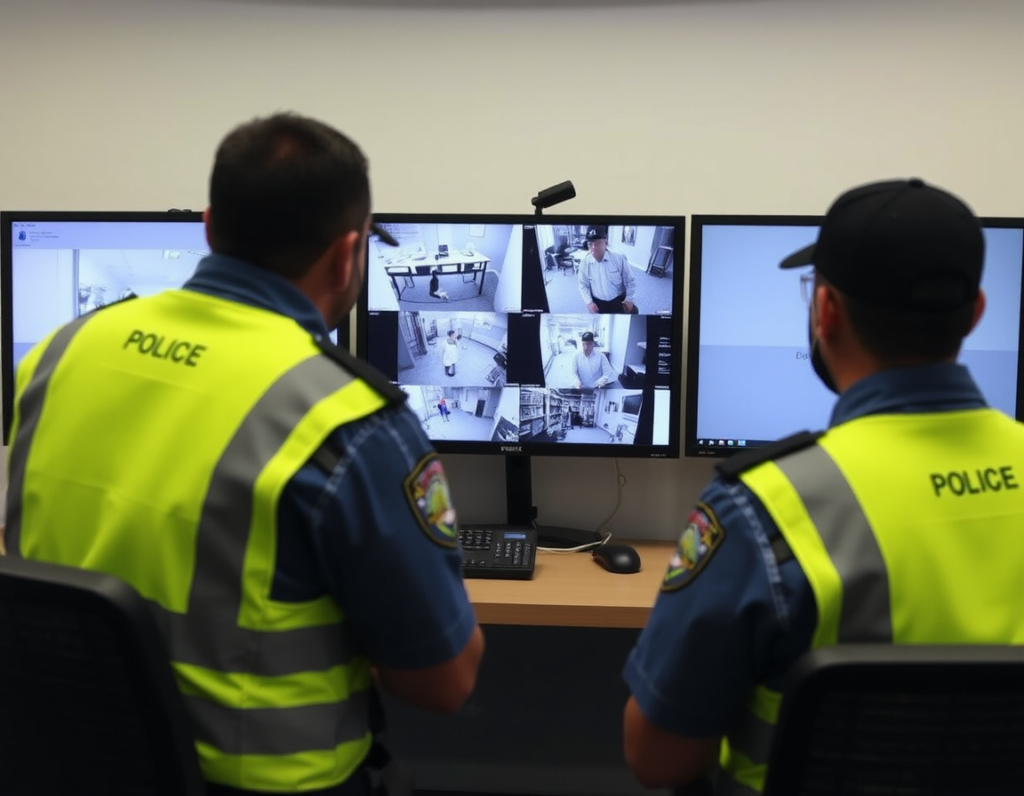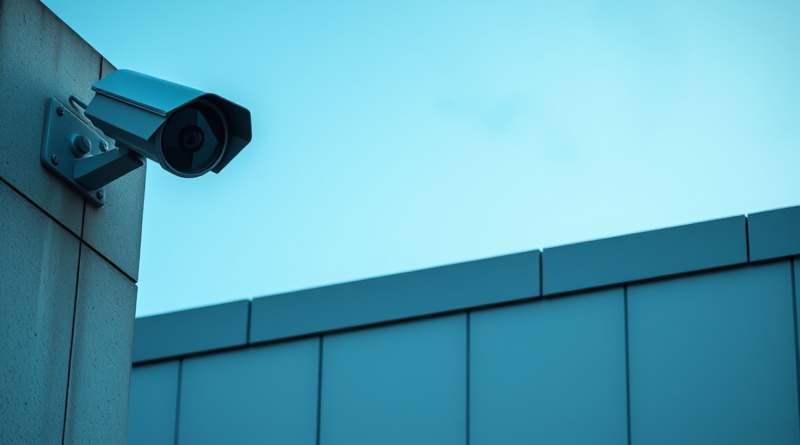Best Practices For Surveillance Cameras Security
It is important to have a complete surveillance cameras security plan in place to keep surveillance devices safe from hacking, loops, and other unauthorized changes. The best ways to keep your surveillance device safe are listed below:
Keep Your Network Safe
- Strong Passwords: For both your surveillance cameras and your Wi-Fi network, use passwords that are hard to guess. Use a mix of letters, numbers, and special characters instead of the usual password.
- Network Segmentation: Put your security cameras on a different network. This makes it harder for hackers to get to private information and makes it less likely that they can take over your whole network if they get into the cams.
- Allow Firewalls: To stop people who aren’t supposed to be there from getting in, enable firewalls on your router and all devices that are linked to the network.
Updating And Maintenance Done Regularly
- Firmware Changes: Make sure you check for and install firmware changes on your surveillance cameras almost every day. Updates that fix security holes are often released by manufacturers.
- Automatic Updates: To make sure your devices always have the most up-to-date software, turn on automatic updates as much as possible and/or schedule those updates for times when you can personally or your security employees have the time to monitor your places.
Use Passwords
- Encrypting Data: Pick surveillance cameras that can protect data from end to end, like those that support SSL/TLS. By doing this, any data sent from the camera is protected from being hacked.
- Secure Remote View: If you want to view your cameras from afar, make sure the connection is encrypted (for example, by using a VPN). This will keep people from listening in.
Use Two-factor Authentication (2FA).
- Turn On 2FA: For accessing camera feeds, turn on two-factor authentication whenever it’s accessible. This makes things safer by needing more than just a password as a way to prove who you are.
Keep People Out
- User Account Limits: You can control how many devices and people can use the surveillance camera system. Allow only gadgets and people you trust to connect.
- Monitor Access Logs: If access logs are available, look through them often to find any attempts by people who aren’t supposed to be there to get into the camera system.
Measures For Physical Safety
- Locations That Are Safe for Installation: Put cameras in places that are hard to get to or change, like at least 10 feet up (around 3 meters).
- Avoid Wireless Cameras: If you can choose wired cameras (like Power over Ethernet, or PoE) over wireless ones. Wireless cameras are easier to hack. And if your physical installations allow it, make sure you conceal the cables over the roof, or have some kind of metal coating to put the wiring.
- Power Backup: If possible make sure that your cameras have a UPS or power storage that allows surveillance cameras, network switches, and monitoring systems to keep working for the maximum amount of time possible to avoid any criminals from cutting off power on your building and leave you completely blind on your surveillance systems.
Don’t Depend On The Cloud
- Local Storage Solutions: If you care about privacy, you might want to avoid cloud-based services that could put your footage on computers outside your home or business. Instead, use local storage solutions.
- Disable Extraneous Features: Turn off features that you don’t need or use, like the ability to view from afar if it’s not important for your surveillance needs.
Be Careful When Buying Surveillance Cameras
Don’t buy fakes or used cameras. Instead, buy cameras from well-known names that are known for their security features. Don’t buy used or fake models because they might have bugs that haven’t been found yet.
If you follow these steps, you can make your surveillance cameras much safer. Hacking and unauthorized changes are much less likely to happen, and your surveillance system will continue to work properly.
